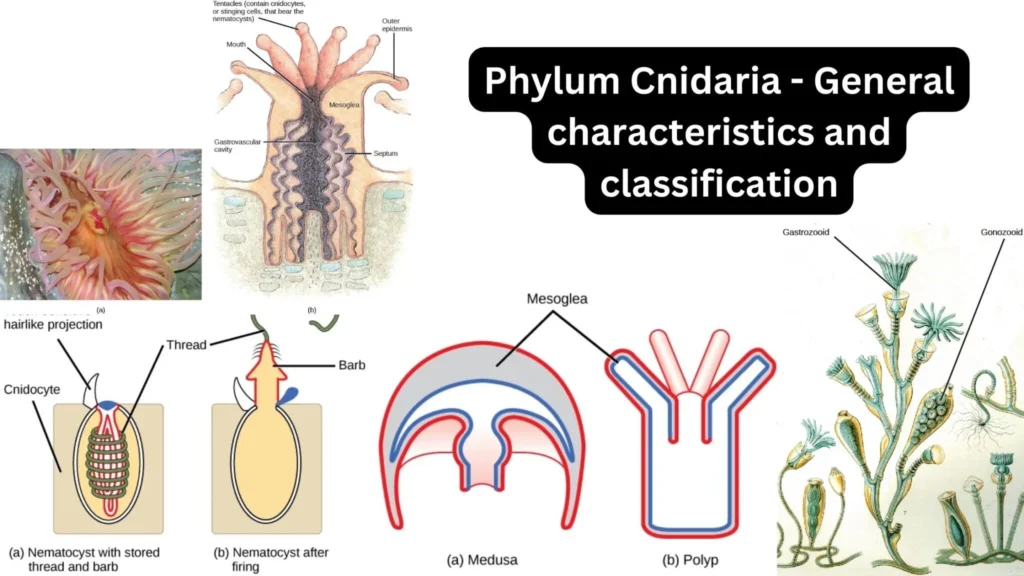Phylum Nemathelminthes – Anatomy, Morphology, Characteristics, Classification
Phylum Nemathelminthes is a group of worm-like animals which was earlier used in classification and also referred to as Aschelminthes. It includes unsegmented, bilaterally symmetrical and triploblastic animals. These organisms are elongated and cylindrical in shape and the body is tapering at both ends. Because of this shape they are commonly called roundworms or threadworms. … Read more









